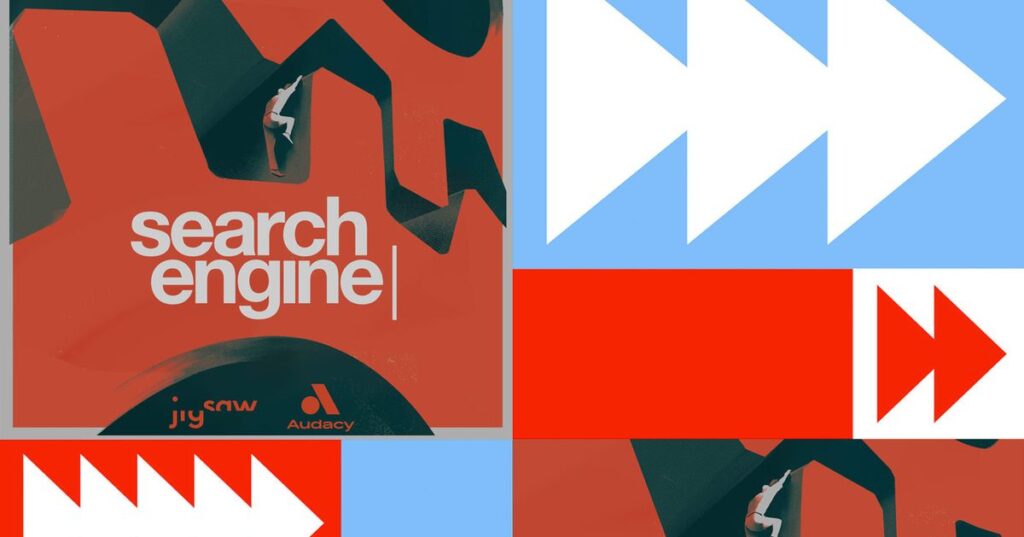A traditional Ethereum ETH wallet is called an Externally Owned Account (EOA) and it is what you use with MetaMask for example.As a result, your Ethereum account is uniquely derived from the cryptographic key pair that signs on its behalf.
Account Abstraction (AA) is the process of separating signing keys from the accounts for which they sign.Developers can use this separation to shape their UX and abstract technical details from the user by abstracting accounts from the signing keys.
The path to mainstream adoption requires a significant user-friendliness leap, and this is where AA steps in, aiming to streamline the user experience for decentralized applications (dApps), eliminating the complexities that often deter newcomers.
Enhanced Smart Contracts There have been several attempts at implementing AA in the past, such as EIP-86 and EIP-2938, but these required consensus layer changes (“hard forks”) which made them impractical to implement.However, the ERC-4337 standard offers a new approach that doesn’t require consensus layer changes, allowing developers to start building today.
“In traditional blockchain systems, most users have an EOA as their default account, which is inherently intertwined with their private key.
EOAs require a good understanding of how a blockchain works to be used safely, which hinders mainstream adoption,” told me in an interview Tom Teman , AA Product Manager at Ethereum Foundation.”AA allows users to use smart contracts as their accounts, providing a better user experience.They decouple the account from the private keys, which allows the use of arbitrary verification logic, such as multi-sig verification, and enable sponsored transactions, where users can pay transaction fees in ERC-20 tokens or have them sponsored by any third party.
They also provide enhanced security features, such as various account recovery methods and time-locks, and enable atomic multi-operations, which allow users to complete multiple operations with a single transaction”.
MORE FOR YOU Apple iPhone 15, iPhone 15 Pro Release Date Schedule: Your Complete Countdown Kanye West And Bianca Censori’s Epic Barefoot Summer Fashion Odyssey In Europe WWE Raw Results: Winners And Grades On August 28, 2023 Case Study 1: Seamless Onboarding at Friend.tech Friend.tech , a pioneering social network in the Web3 space, is a prime example of how AA can simplify onboarding.Instead of requiring users to navigate wallet integration, friend.tech employs a novel authentication method.Users can authenticate via SMS, Google GOOG , or Apple AAPL , providing a familiar sign-in process.
Behind the scenes, AA is at work, creating a self-custodial embedded wallet for each user.The recent effort of ERC-4337 to standardize an Ethereum model for creating on-chain accounts with a flexible signing system have enabled Privy, friend.tech’s Web3 onboarding partner in this endeavor, to provide seamless wallet onboarding experiences using AA.
This approach also emphasizes user data privacy – neither friend.tech nor Privy have access to users’ private keys, which ensures users’ crypto asset holdings remain secure, while still granting them full control and accessibility.
Friends.tech bridges the gap between blockchain users and mainstream users by focusing on a smooth onboarding process, and their numbers speak for themselves – according to their Twitter account , they have about 20,000 active daily users, with 75% returning after the second day, and 50% returning for the full week, and with an average daily active user using the dApp for 30 minutes.
Case Study 2: Seamless Gas Fees at Visa On top of AA, the ability to use native tokens to pay transaction fees within the Web3 ecosystem is a pivotal development that enhances user experiences.Visa’s approach, known as paymasters , is one compelling example of this.By using fiat money linked to their Visa cards, users can cover their on-chain gas fees using Ethereum’s ERC-4337 standard.In this approach, a paymaster contract is a specialized smart contract account that sponsors gas fees for Contract Accounts, which are viewed as user-centric smart contracts.
As a result of this solution, users do not need to possess native blockchain tokens or navigate token bridge processes just to cover gas fees.
For instance, envision Alex, a self-custodial wallet user, who wishes to participate in a DeFi project involving the minting of new tokens.With the proposed Visa Paymasters solution, Alex seamlessly utilizes her Visa card to cover gas fees.This process streamlines user interactions, allowing Alex to effortlessly select her Visa card as the means to cover gas fees, while the complex backend processes are taken care of by the Visa system.
Friend.tech and Visa are great examples of how AA can enable mainstream adoption, combining user-centered design with novel payment methods, ultimately improving blockchain transaction accessibility and usability.
Tomer Niv.
